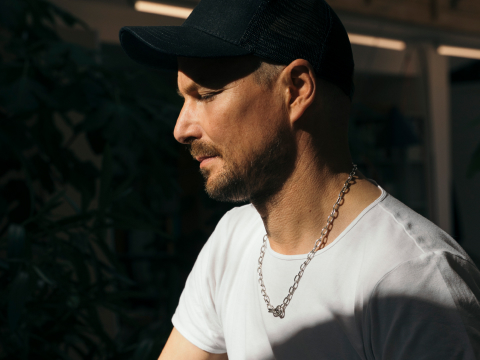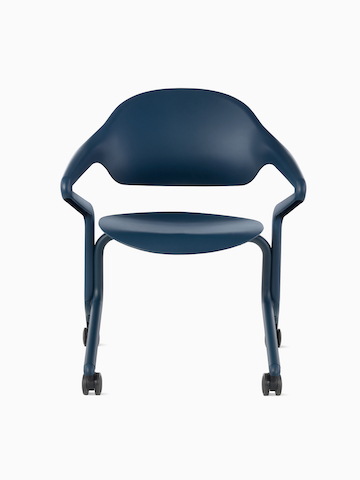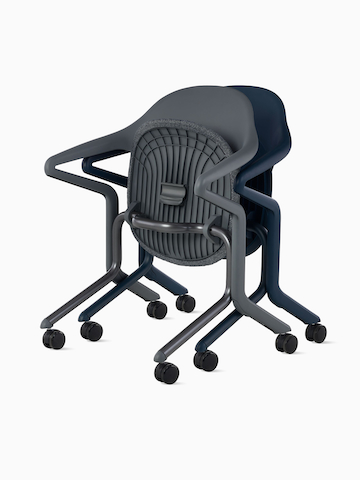The award-winning German designer, who became the head of the Industrial Design program at the University of Applied Arts in Vienna in 2018, traces his curiosity about materials back to his childhood, which he spent playing and learning in his parents’ woodworking shop. “I got a very natural early connection to materials, and that laid the foundation for my passion for wood and steel and plastic,” he says.
Although he considered joining the family carpentry business (he trained to become a cabinetmaker), he ultimately chose industrial design because it was broader and allowed for more experimentation. In 2002, he graduated from Stuttgart’s Academy of Fine Arts, where he studied under renowned industrial designer Richard Sapper. Diez founded Diez Office in Munich in 2003. He and his team are known for their technical expertise in developing and manufacturing contemporary products, as well as designing them.
“The job of a designer starts with observing people around you and society,” he says. “And because not every behavior is part of our daily experience, design involves a bit of detective work. That often leads to seeing patterns and to a moment where you feel there is something relevant, where things fall into place” through sketching, talking, and making mock-ups.
"Design involves a bit of detective work."
– Stefan Diez
“It’s a bit like an Italian kitchen. It’s just three or four ingredients, but you have to find the right kind of composition. It’s not about adding spices and making a big thing out of it.”
Diez describes the Fuld Nesting Chair, his first design for Herman Miller, as “a comfortable, compact version of an office chair that is ‘stackable,’ in a way.” During the research phase, he immediately appreciated how big a role this kind of chair plays in making a space universal. Rather than reflecting that relevance, however, the designs of other nesting chairs felt like an afterthought. With Fuld, Diez gave the chair the respect it deserves by making it functional and visually interesting.
His fascination with materials shaped his design philosophy, which he lays out in his 10 Circular Design Guidelines. The guidelines explain how products can be both environmentally and socially responsible and they demonstrate how design can enable meaningful change across industry and society.
For design inspiration, Diez says he spends time outside in nature—and inside his mind. “I have no problem spending time alone. It’s when you are confronted with yourself that you become aware of things that are hidden. Silence lets those things come up.”


